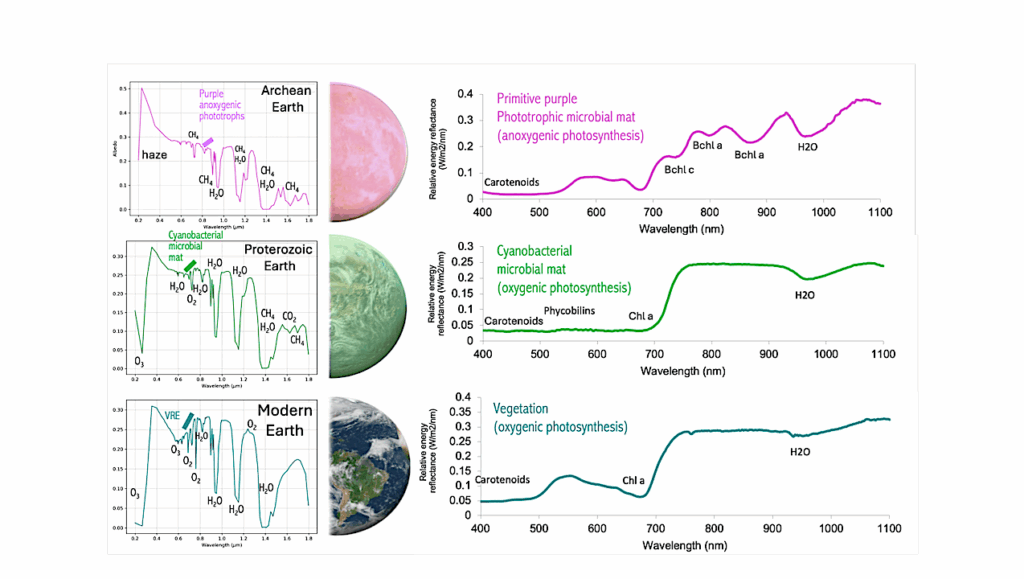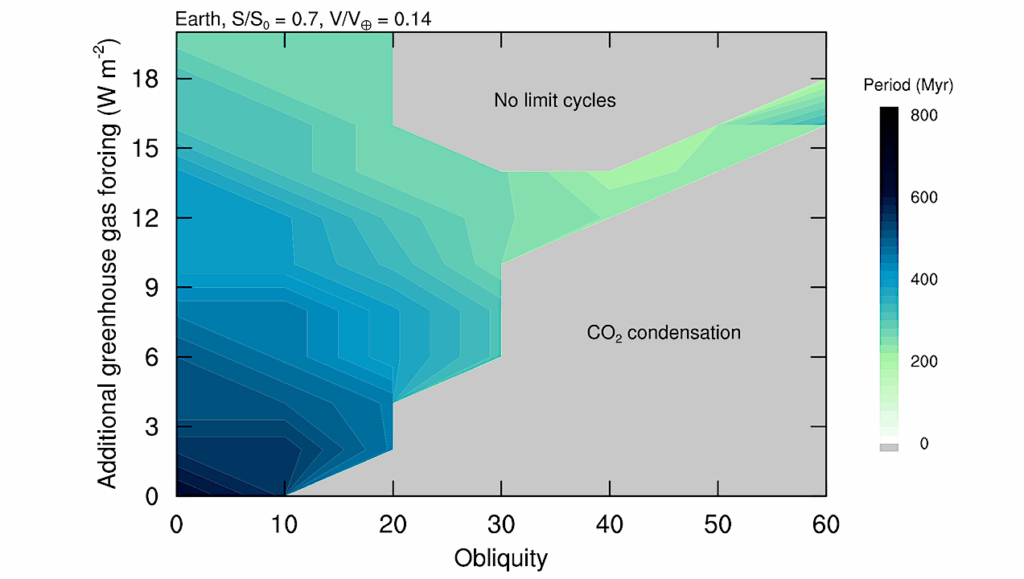Measuring Tracers of Planet Formation in the Atmosphere of WASP-77A b: Sub-stellar O/H and C/H ratios, with a stellar C/O ratio and a potentially Super-stellar Ti/H ratio

We present a comprehensive atmospheric retrieval study of the hot Jupiter WASP-77A b using eclipse observations from the Hubble Space Telescope (HST) and JWST.
Using atmospheric retrievals, the spectral features of H2O, CO, and TiO are identified, with volume mixing ratios estimated at log10(VMR) = -4.40+0.14−0.11, -4.44+0.34−0.28, and -6.40+0.22−0.23, respectively. We derive the atmospheric carbon-to-oxygen ratio — a key planetary formation tracer — to be C/O = 0.54±0.12, which is consistent with both the stellar host value and previous studies of the planet’s atmosphere, suggesting a relatively close-in formation.
Computing other elemental ratios (i.e., C/H, O/H, and Ti/H), we conclude that the general enrichment of the atmosphere (i.e., metallicity) is sub-stellar, is depleted in C and O, but that Ti appears slightly super-stellar. A low C and O content could be obtained, in combination with a stellar C/O ratio, if the planet formed outside of the CO2 snow line before migrating inwards.
Meanwhile, a super-stellar Ti/H could be obtained by late contamination from refractory rich planetesimals. While broadly in agreement with previous works, we do find some differences and discuss these while also highlighting the need for homogeneous analyses when comparative exoplanetology is conducted.
Billy Edwards, Quentin Changeat
Comments: Accepted for publication in ApJL (December 2023)
Subjects: Earth and Planetary Astrophysics (astro-ph.EP)
Cite as: arXiv:2402.18574 [astro-ph.EP] (or arXiv:2402.18574v1 [astro-ph.EP] for this version)
https://doi.org/10.48550/arXiv.2402.18574
Focus to learn more
Journal reference: ApJL 962 L30 (2024)
Related DOI:
https://doi.org/10.3847/2041-8213/ad2000
Focus to learn more
Submission history
From: Billy Edwards
[v1] Wed, 28 Feb 2024 18:59:34 UTC (4,073 KB)
https://arxiv.org/abs/2402.18574
Astrobiology








